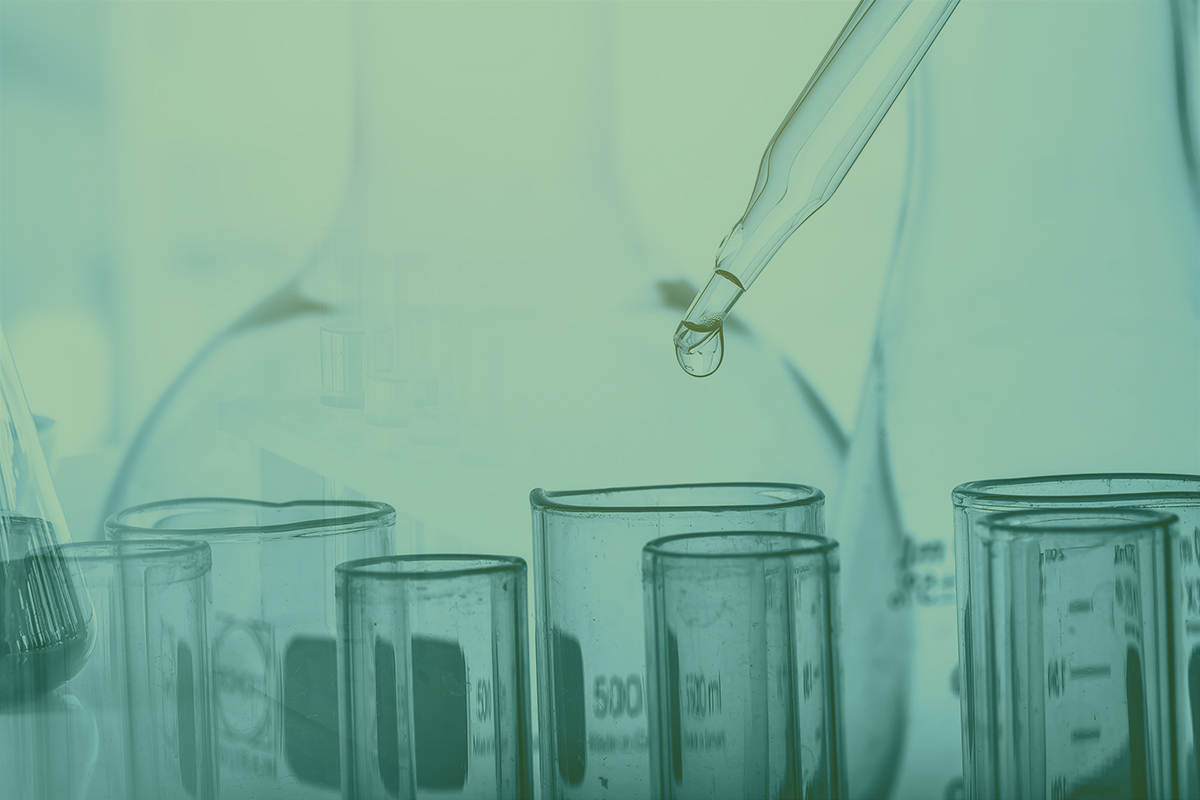Austrian chemical policy
Chemicals are an important component of everyday life. There are thousands of different chemicals that are used on a global basis for the manufacture of everyday objects. These also, however, include some that are harmful to humans and the environment.
For this reason, certain safety standards were developed, which can vary greatly between different countries. An example is gold mining with mercury in poorer countries, which is harmful to the environment and health. Persistent and poorly biodegradable organic substances, so-called persistent organic pollutants, abbreviated “POPs”, are particularly problematic. These substances accumulate in the food chain and spread via the atmosphere as far as the Arctic, where they are even detected in polar bears. The CO2 increase in the atmosphere and global warming are also connected with the extraction, transport and use of fossil raw materials. Via the international Stockholm Convention, with the objective of protecting human health and the environment, measures were introduced to restrict these substances. Austria has committed to reducing the use of persistent organic pollutants to zero. The list of these substances is regularly expanded.
Toxicity
An important danger of chemicals is their toxicity for humans and the environment. To describe the toxicity of a substance, standardised test methods are performed on test organisms. To prevent unnecessary animal suffering in this regard, alternative test methods are increasingly being developed, for example tests on tissue cultures in vitro.
There are substances that have an effect even at very low doses, for example many carcinogenic substances. For this reason, all products that contain dangerous substances must be labelled with danger symbols. An option in policy is to impose a ban or the best possible technical reduction in such cases as a precaution.
Fluorinated greenhouse gases
Fluorinated greenhouse gases, so-called F-gases, were introduced from the 1990s as substitutes for ozone-depleting refrigerants. They have been regulated in the European Union since 2006 through legal measures to reduce emissions from appliances and plants. In particular, they are used as refrigerants in refrigeration and air conditioning equipment as well as heat pumps, as extinguishing agents in fire protection equipment and in the manufacture of insulating foams. To minimise the emissions, only authorised and registered companies and persons are now allowed to handle these substances. In Austria, a high level of training for handling fluorinated greenhouse gases is ensured. Innovations in the affected sectors for the use and development of more environmentally friendly alternatives will thereby be driven forward in future.

EU chemical policy
Since 2007, the handling of chemical substances has been regulated by the chemicals regulation of the European Union (EU). It is called REACH and consists of: Registration, Evaluation, Authorisation and Restriction of Chemicals, and applies in all Member States. According to REACH, all companies that manufacture chemical substances or import them into the EU must register with the European Chemicals Agency. In this regard, special attention is paid in REACH to “substances of very high concern”, also known as SVHCs. If a chemical is carcinogenic, toxic to reproduction, mutagenic , endocrine disrupting or poses a critical risk to the environment, it is classified as an SVHC. SVHCs can be present in a variety of everyday objects: for example, in household objects, textiles, shoes, jewellery, furniture, crockery, toothbrushes, sports goods, but also in electrical appliances, leather bags, office materials, waterbeds and toys. They are not present in food or in products in liquid or powder form such as cosmetics and detergents. The “Scan4Chem” smartphone app enables consumers to scan the bar code of the product with their mobile phone and to send an enquiry to the responsible manufacturer or distributor, who is subject to an obligation to provide information. They then inform the consumer, if the concentration is over 0.1 percent, whether and which SVHCs are present in the product.
Chemical leasing
Chemical leasing is an innovative, service-oriented business model within the framework of the commercial use of chemicals, where the profit is no longer linked to the sales volume of the chemical, but rather to the sales of the service provided by the chemical.
The key innovation in this model is making the performance of the chemical the basis of the business: The performance, for example dissolving, cleaning or greasing, comes to the fore. Payment is no longer made according to the volume of chemicals sold, but rather, for example, according to the surface cleaned, the quantity treated or the operating hours rendered. In this way, chemicals are no longer simply sold, but rather provided and maintained for use.
This puts an efficient use of chemicals in the interests of all parties involved, and resources, labour and emissions are saved. This is the departure from the previously dominant “sales volume thinking”. On average, the costs can be decreased by around 15 percent through the model, which benefits both the environment and the economy.
The model was put into practice successfully in Austria as part of pilot projects and is also already used internationally in several countries in a wide range of industries.
Green chemistry
This is understood to mean ecologically oriented chemistry, which designs chemical processes and products in such a way that the use or the formation of dangerous substances is avoided or significantly reduced and that processes that are as resource-saving as possible are used. This includes, in particular, taking into account the effect of chemicals in their entire life cycle, from a raw material to waste.Entire
ly in keeping with the Green Deal, the government programme provides for the anchoring of sustainability in the chemical industry. In this connection, the BMK founded the “Green Chemistry” platform together with the Environment Agency Austria to make integrative solutions visible.
The Green Chemistry platform consists of experts from various interest groups in science, teaching, the economy, consumer and environmental protection-oriented non-governmental organisations (NGOs) and administration. The initiative serves as a networking platform to drive forward the transformation of the chemical sector.
Action Plan Microplastics
Small plastic particles with a diameter of less than 5 mm are usually called microplastics. This is not one single group of substances, but rather various plastics. Microplastics can be released from a wide variety of sources. These include both microplastics deliberately included in products to fulfil a particular purpose (primary microplastics) and microplastics that arise unintentionally, for example through abrasion or through disintegration of larger plastic objects (secondary microplastics).
As soon as the plastic enters the environment, it does not completely decompose. The plastic can therefore accumulate in the environment if it is not disposed of correctly. Observations show accumulations of plastic on beaches, in whirlpools and sediments.
Within the framework of the Austrian Government Programme 2020 – 2024, the development of an action plan against microplastics was therefore established, which supports the research and development of alternative plastics and stricter regulations for the distribution in the environment.
